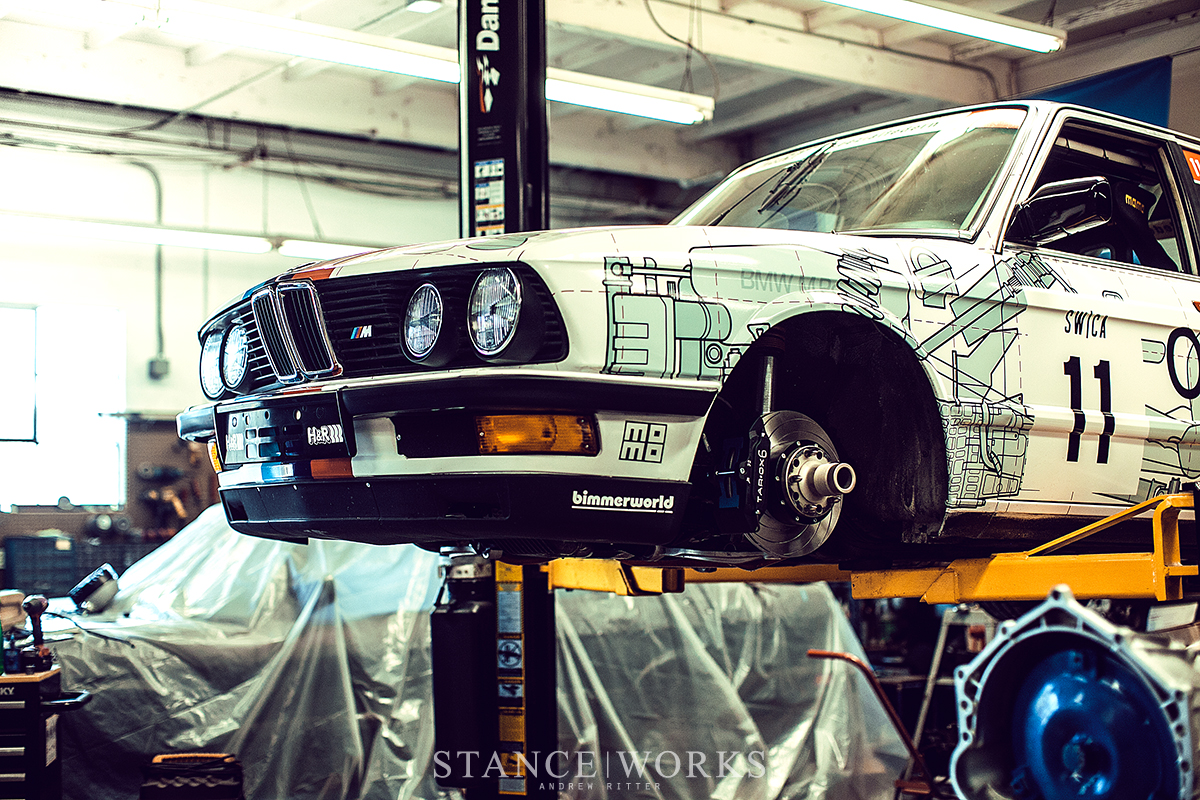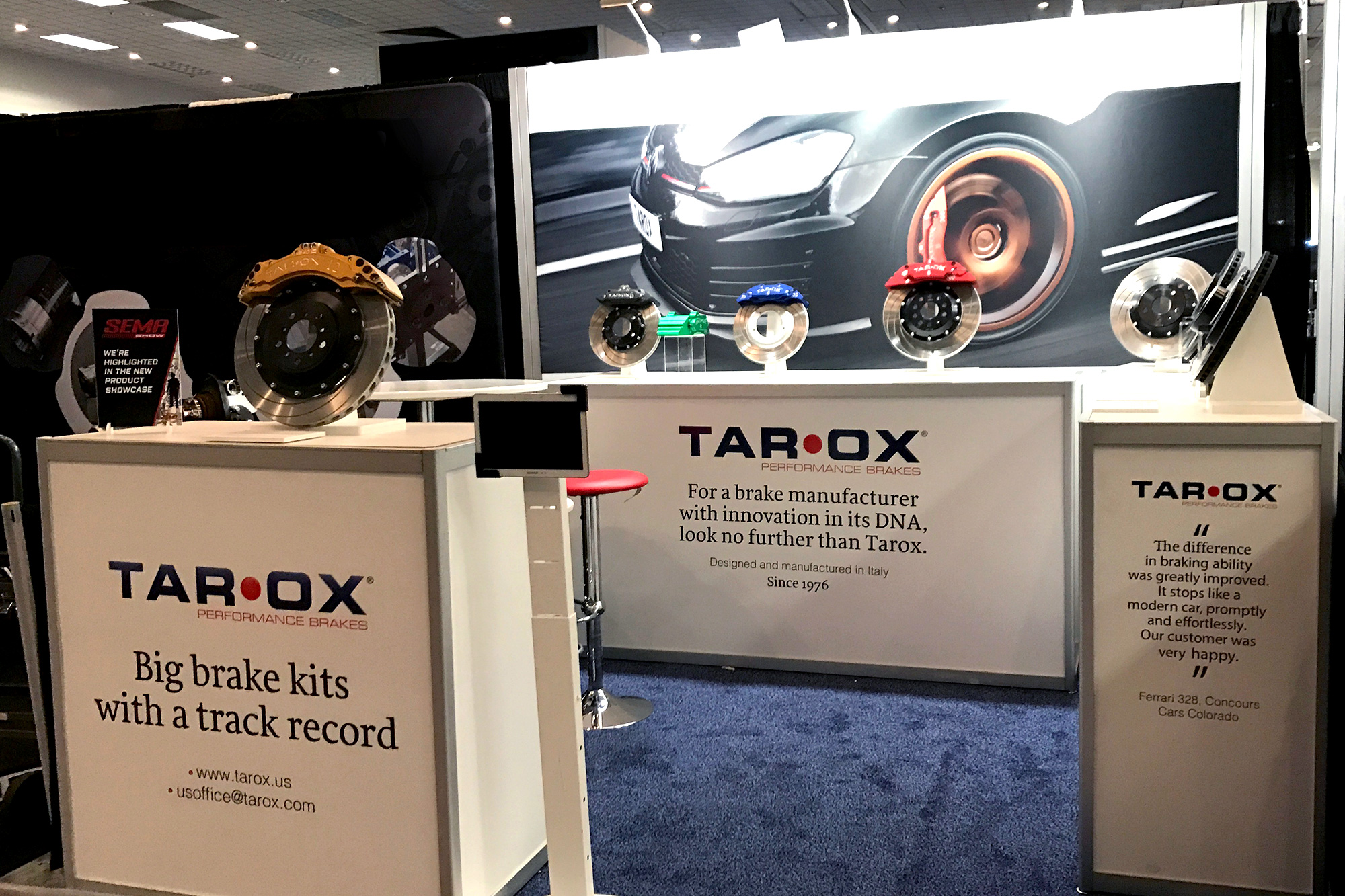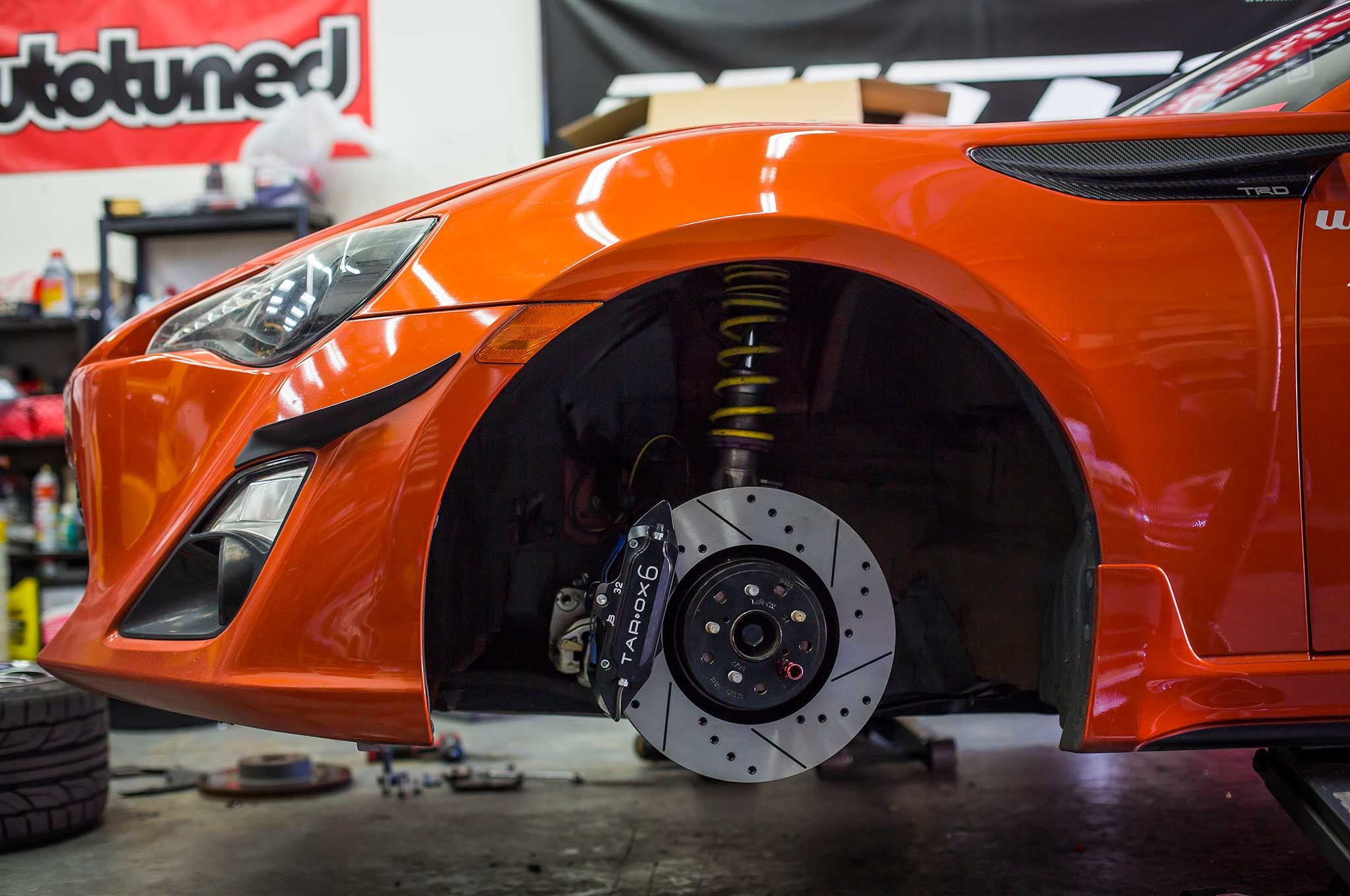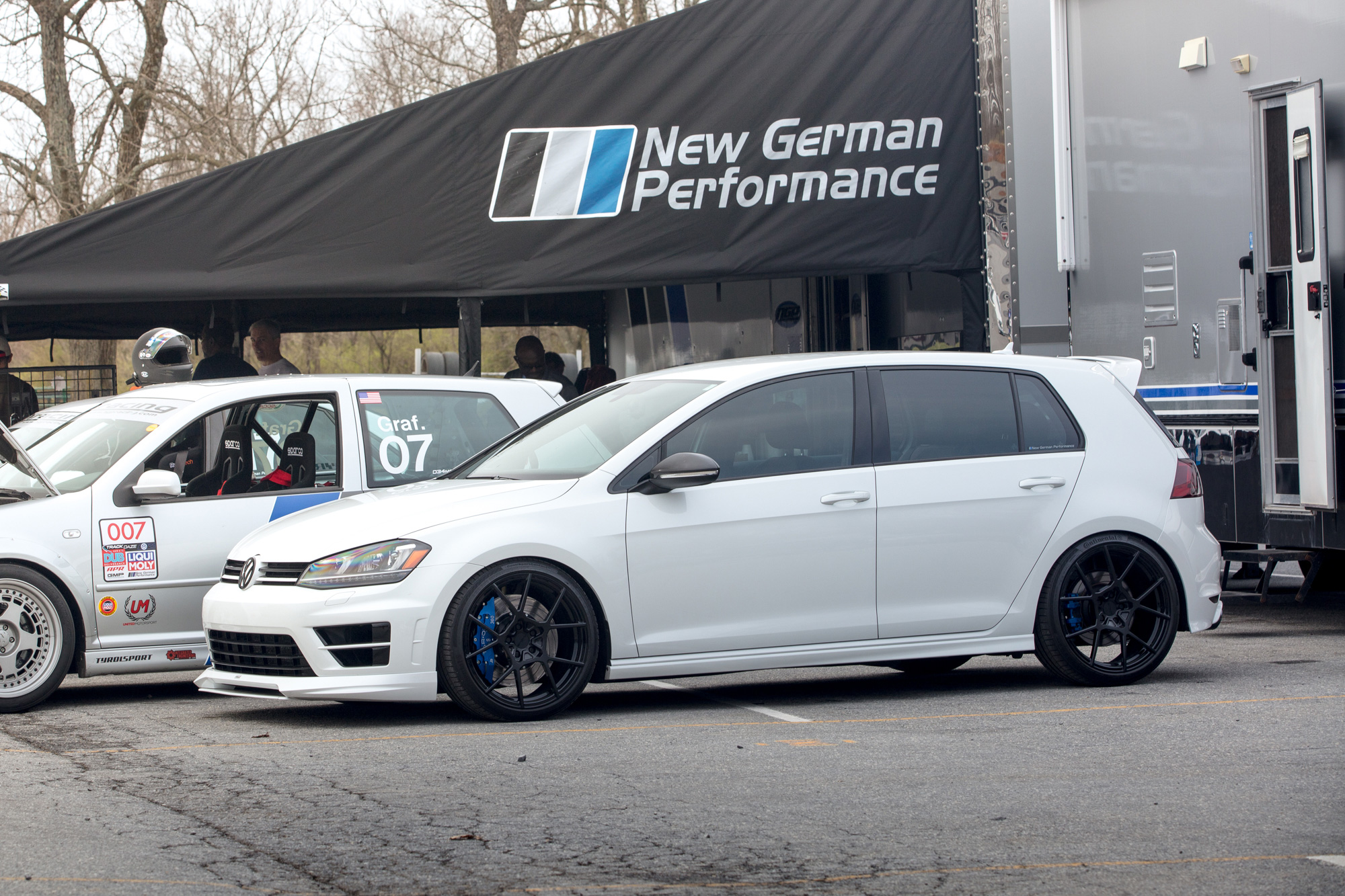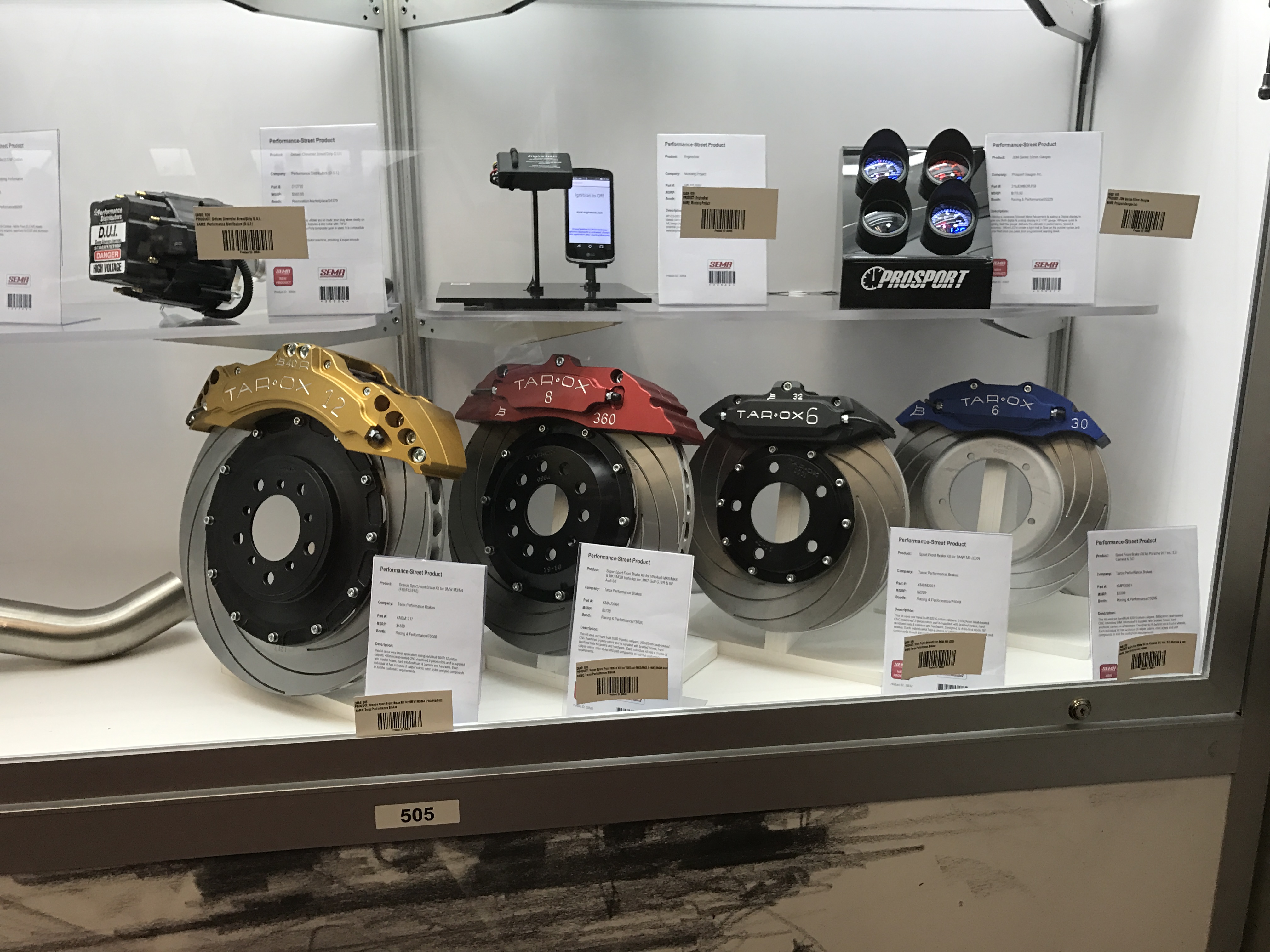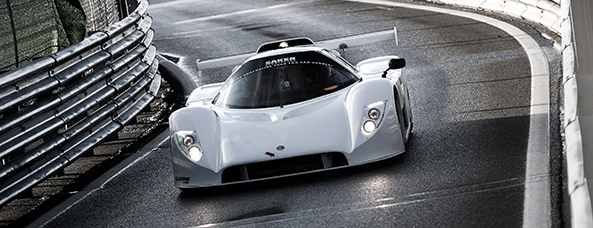LAYING THE FOUNDATIONS
Introducing Gianni and Maria Taroni: how everything began, from rebuilding servo-assisted brakes to playing a pivotal role in F1 championship victory.
Forever, ‘Brakes’ had been his mantra. While still just boys, in their first workshop, he (…) refined a compressor based brake system similar to today’s ABS. His experience led to the key development which brought Didier Pironi to victory at the exciting 1980 Grand Prix of Belgium.
This brief biographic note, taken from an edition of Italian magazine “Autocapital”, captures the spirit of Gianni Taroni (1936-2012) who co-founded TAROX brakes alongside his wife Maria.
A gifted racing driver and blessed with an uncommon ability to think outside the box, he started working on servo-assisted passenger car brakes in 1966 as a husband and wife team. The duo were well balanced: while Gianni was the figurehead and the creative force behind the company, his wife; sharp minded, engineering-oriented and quick witted, was the critical conscience and played devil’s advocate in any new project.
Gianni’s driving ability enabled a parallel career as racing and test driver. In the early 1970s he met ex F1 driver turned journalist Giancarlo Baghetti and the pair shared several adventures in the mid-1970s. From Terra del Fuego to Alaska, Cape North to Cape South and Milan to Calcutta were just a few of the trips they shared while investigating and reporting on new cars of the time, they reveled in testing the cars to the extreme and operated under the most severe conditions.
In 1976 Taroni & C. was established as a company. The TAROX brand name as we know it today came a few years later with the creation of an innovative anti-heat piston. The cutting-edge development prevented transmission of the heat through to the caliper, as the thermal insulating material used was aluminum oxide,the ‘ox’ joined the company name to create TAROX.
1980 presented the first opportunity for Gianni Taroni’s expertise to attract worldwide attention.
It was at Zolder” – Gianni recalls – “that circuit was very demanding on brakes and Ligier’s driver, Didier Pironi, wanted to try my special anti-heat caliper pistons.
The Frenchman’s confidence was rewarded with a victory. Soon, all the championship contending teams (Williams, McLaren, Alfa Romeo, Renault, Lotus, and Tyrrell, among others) asked to have the same technology in their race cars.
It was an exhilarating period, culminating with Keke Rosberg’s victory in a TAROX equipped Williams for the 1982 Formula One World Championship.
THE CREATION OF A NEW MARKET
The first performance rotors, brake calipers and brake kits, produced in a new factory.
In March 1983, the first ever commercially available slotted rotor, the C83, was brought to market by TAROX.
At the time, drilled or slotted rotors were for racing cars only and TAROX was the first manufacturer to offer race style rotors for the everyday car. These fast road brakes were born out of race winning technology and became hugely popular with fast road enthusiasts. The same concept was further expanded in 1988 when TAROX introduced the G88 – a 40-slotted rotor.
To execute the rotor’s peculiar design it was necessary for the factory to build a purpose-made machine, which is still part of the TAROX equipment and one of the most guarded secrets of the company. In the same year and as a result of strong demand from the Japanese market, TAROX designed and marketed the Sport Japan, a drilled and slotted rotor. In the same year Valeria, Gianni and Maria’s only daughter, joined the company.
Around this time major investment was made into state of the art technology to tackle the next challenge: TAROX’s own brake calipers.
The first caliper, the N6, was unveiled in 1992 and featured a daring six piston arrangement. This was ground breaking considering the hottest car of the time, the Lancia Delta Integrale Evoluzione, had a four pot caliper brake system.
While it was suggested that six pistons were excessive, Gianni included two extra pistons deliver a better pedal feel, which in turn enables perfect calibration of the braking effort.
Another important intuition on Gianni’s part was the realization that calipers alone were not enough to create a market. Instead they should be part of an upgrade package consisting also of brake rotors, hoses and adapting brackets, allowing everything to be bolted onto a car without any further modifications. The E30 BMW M3 was the first car that had a TAROX big brake conversion engineered and installed and, within a few months, TAROX had a brake caliper upgrade for all performance cars of the time: from the Delta Integrale to Subaru Impreza, from Sierra and Escort Cosworth to Golf GTI.
Overnight TAROX big brake upgrades became hugely popular, factors contributed to this almost instant success included; the caliper’s narrow profile allows for the fit of larger brakes,even inside 15” wheels. A significant advantage in Italy where it was illegal to increase the wheel diameter. Secondly, Gianni personally tried and tested any new brake kit and returned the car to its owner only when he was satisfied that the brakes were working optimally and in the character of the car. Gianni’s experience as a test driver paid dividends and this boosted customer confidence in the product. Thirdly, the brakes simply exceeded customer expectations.
Continuous expansion saw TAROX move from Galbiate to a much larger facility in Osnago in 1995. Situated fifteen minutes from Milano Linate airport and only ten minutes from the world famous Autodromo di Monza.
MODERN TAROX
How TAROX products and manufacturing processes become compliant to engineering standards and how continuous innovation is in the company DNA.
In the mid-1990s vehicle use at track day events became more popular, and it became evident that there was a need for a new rotor surface design more capable of enduring the stress of circuit use.
The steady increase of brake rotor size from the car manufacturers made the G88 design somewhat noisy for rotors larger than 320mm. The resulting ‘F2000’ design, featuring 7-9 spiraling slots, was first used in summer 2000 and became the new standard for TAROX brake kit rotors.
The new design became instantly popular and was soon added as an option to the replacement rotor range alongside the G88 and Sport Japan. Still in use today, the F2000 design remains the default facing for TAROX brake conversions and has even been adopted by other performance rotor manufacturers.
The dawn of the new century also saw a change of pace to meet the challenges of the changeable economic climate. TAROX now had a substantial range of calipers in its range and many new rotors and pads codes in the catalog. What had started as a small handcrafted-based organisation now needed to adopt a structure to manage the upscale in production and official certification to break new markets.
In 2002, the first TUEV certificate for rotors and brake kits was awarded, and in the same year the process to obtain ISO 9000 certification began before approval in 2004. At the same time,the manufacturing process was declared compliant by the German Ministry of Transport, and in 2010 authorized to the serial production by the Italian Ministry of Transport. At this time, the company also embarked upon the first test for ABE approval on brake rotors.
As compliance was progressing, more measuring equipment was added to the company portfolio: from the caliper pressure-testing machine to the inertia dynamometer for caliper, rotors and pads fatigue test.
Since the late 1970s the doors of TAROX have been open to customers who are looking to re-manufacture rotors that are no longer available through the normal aftermarket outlets or from the car manufacturers.
In other cases we are requested to engineer an up-rated Tarox version of an existing rotor; sometimes by creating a two piece arrangement instead of the standard OE single piece structure, others just TAROX’s high tensile cast for improved durability and resilience.
At the beginning of 2010s, it was decided to make the “dischi speciali” available to customers via the creation of the “Bespoke” catalog, and so far it is proving to be one of the most successful aftermarket lines.
Gianni Taroni left us in September 2012, when his daughter Valeria took the reins of the company with the intention of following her late father’s philosophy centered on innovation and customer service. To date, if a customer needs replacement parts for any of TAROX’s brake systems they can easily find them, and whoever needs rotors no longer in production can knock at TAROX’s door and have it re-manufactured.
Products are continuously developed and tested both on the test bench and on real, long term test cars. TAROX activity continues to be split in three main areas: aftermarket, OEM and motorsport. Any new project is a challenge, and challenges are what keep TAROX at the forefront of brake technology.
TAROX IN THE USA
TAROX takes its wealth of knowledge, vast application range and approach to customer service, and formally enters the largest and most competitive market in the world: North America.
In late 2015 TAROX established roots in the US, with a dedicated North American office based in West Virginia, a short distance from Summit Point Motorsports Park.
Tarox has always been an open minded company, and the entire range has been available for US customers to purchase either from the factory in Italy, or via the UK based International office. Marketing in the US was taken care of through a number of dedicated resellers, who navigated, different time-zones, international shipping costs and varying exchange rates so that they could provide their customers the Tarox products they desperately desired.
Along with the physical North American presence, came US Dollar pricing, domestic shipping charges, real-time phone and email support and ever increasing lines of stock available, resulting in the full range of Tarox rotors, pads and kits becoming a viable option for even more end-customers, companies and racers alike.
1 year into the venture, Tarox exhibited at the SEMA show in Las Vegas, where the product would be in-front of many Americans for the very first time. The quality in person was incredibly well received, with overwhelming compliments on the quality of engineering, appearance and light weight of the calipers, and the exceptionally flat surface of the direct replacement rotors on show was also noted. The brand new B40-R caliper was given its world debut, displayed as part of the latest BMW F80/82 M3/M4, which uses 400mm, and taking price of place on the booth.
Tarox’s presence continues to build in the US, if you are looking for your nearest dealer, or if you represent a shop and would like to become a re-seller, please contact us.
































